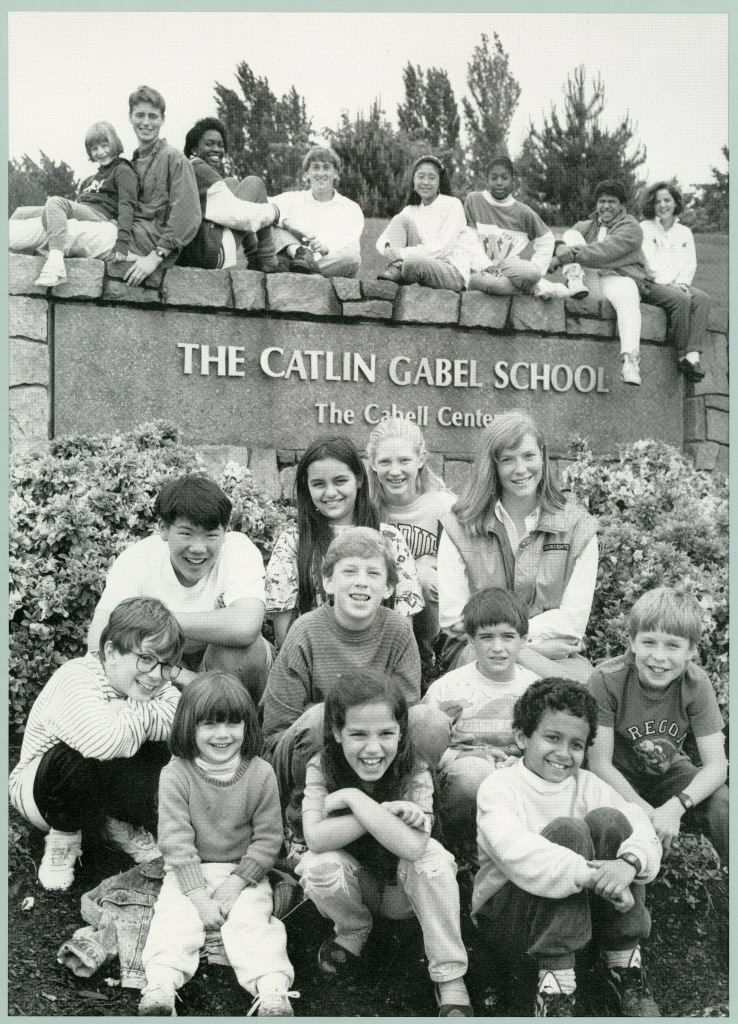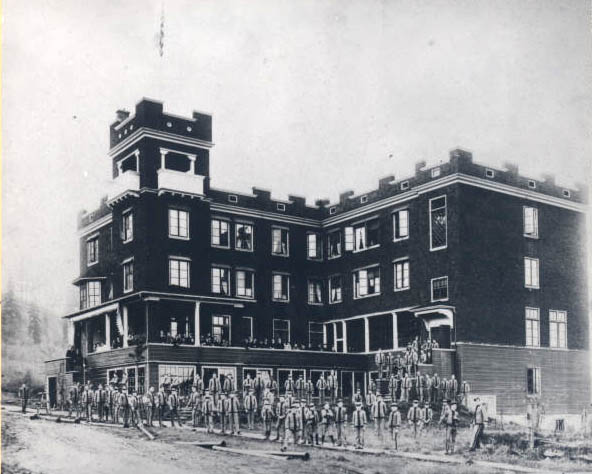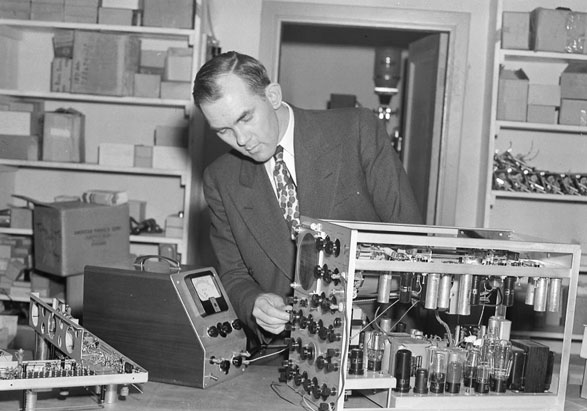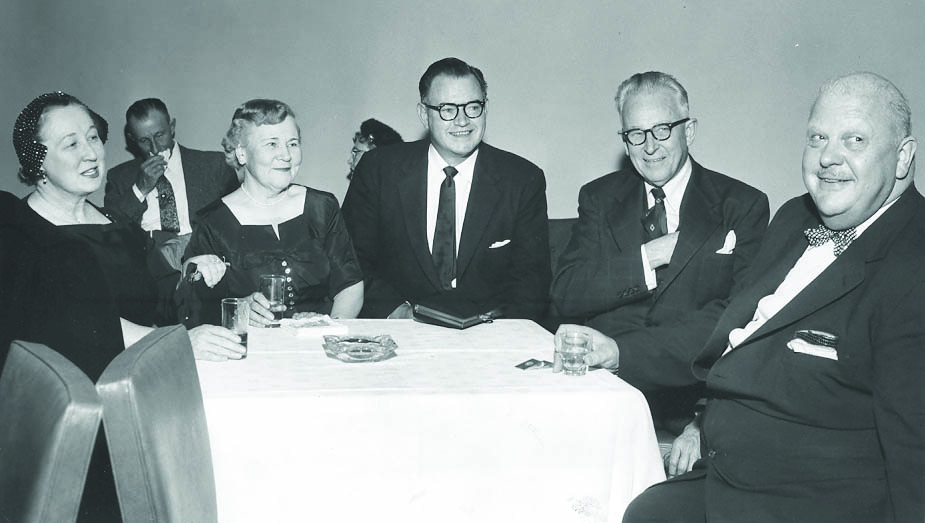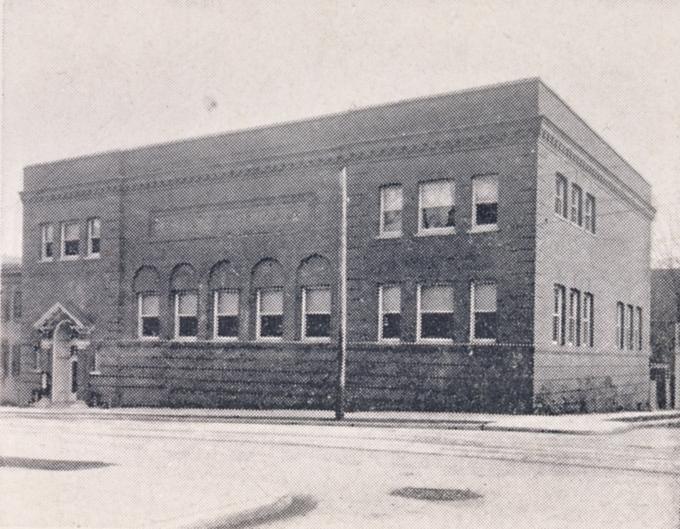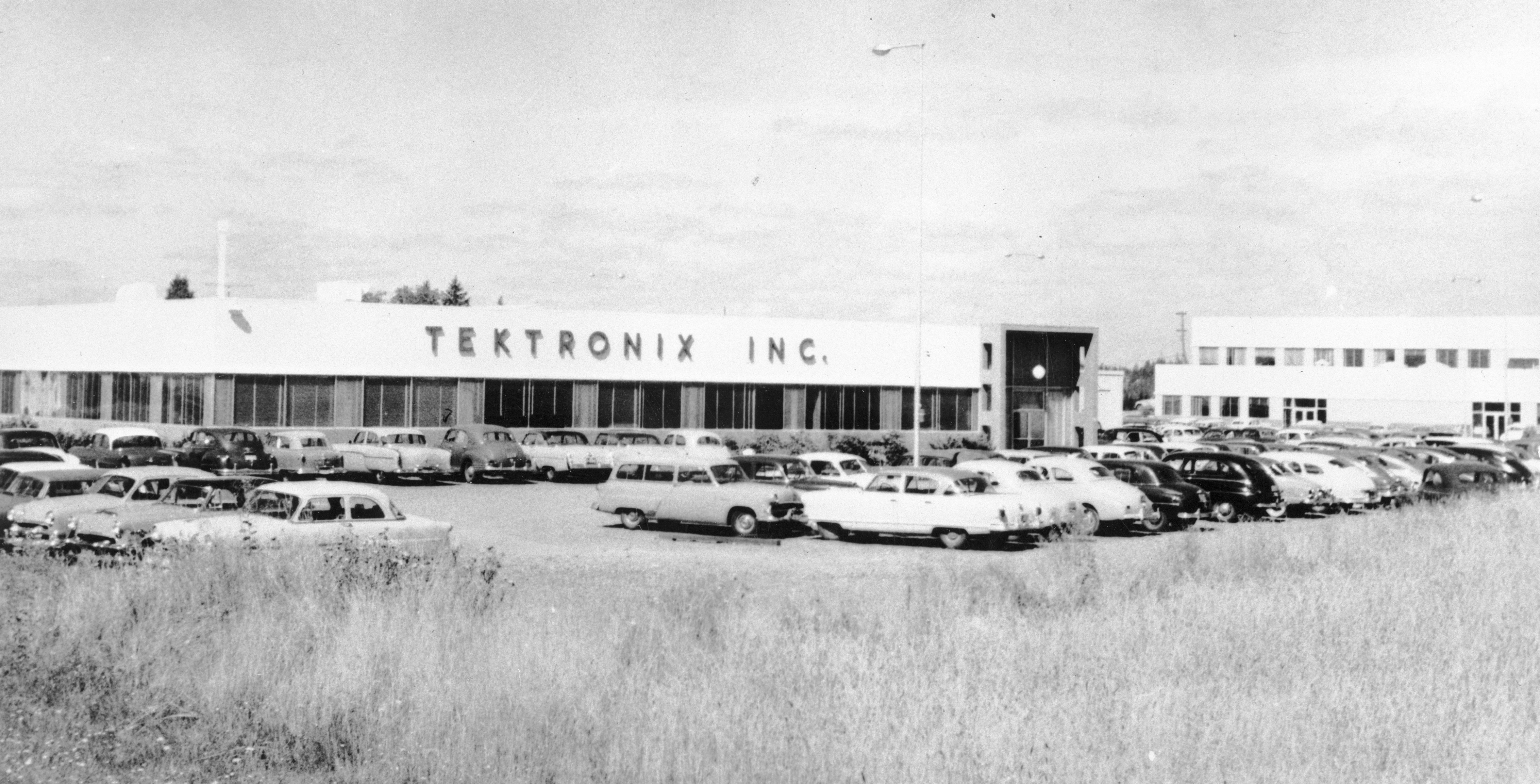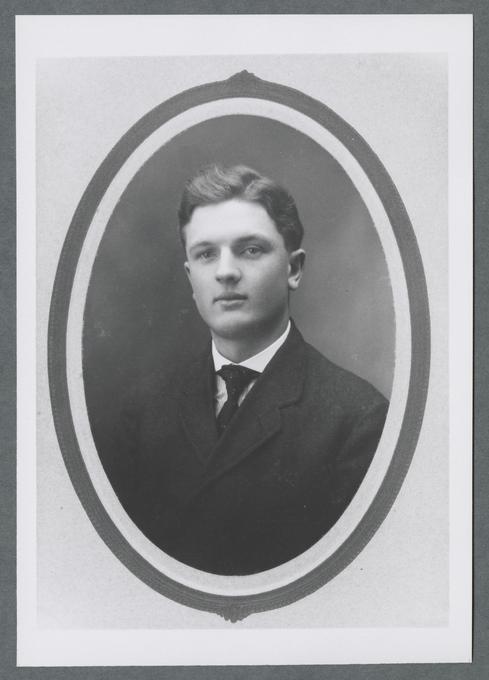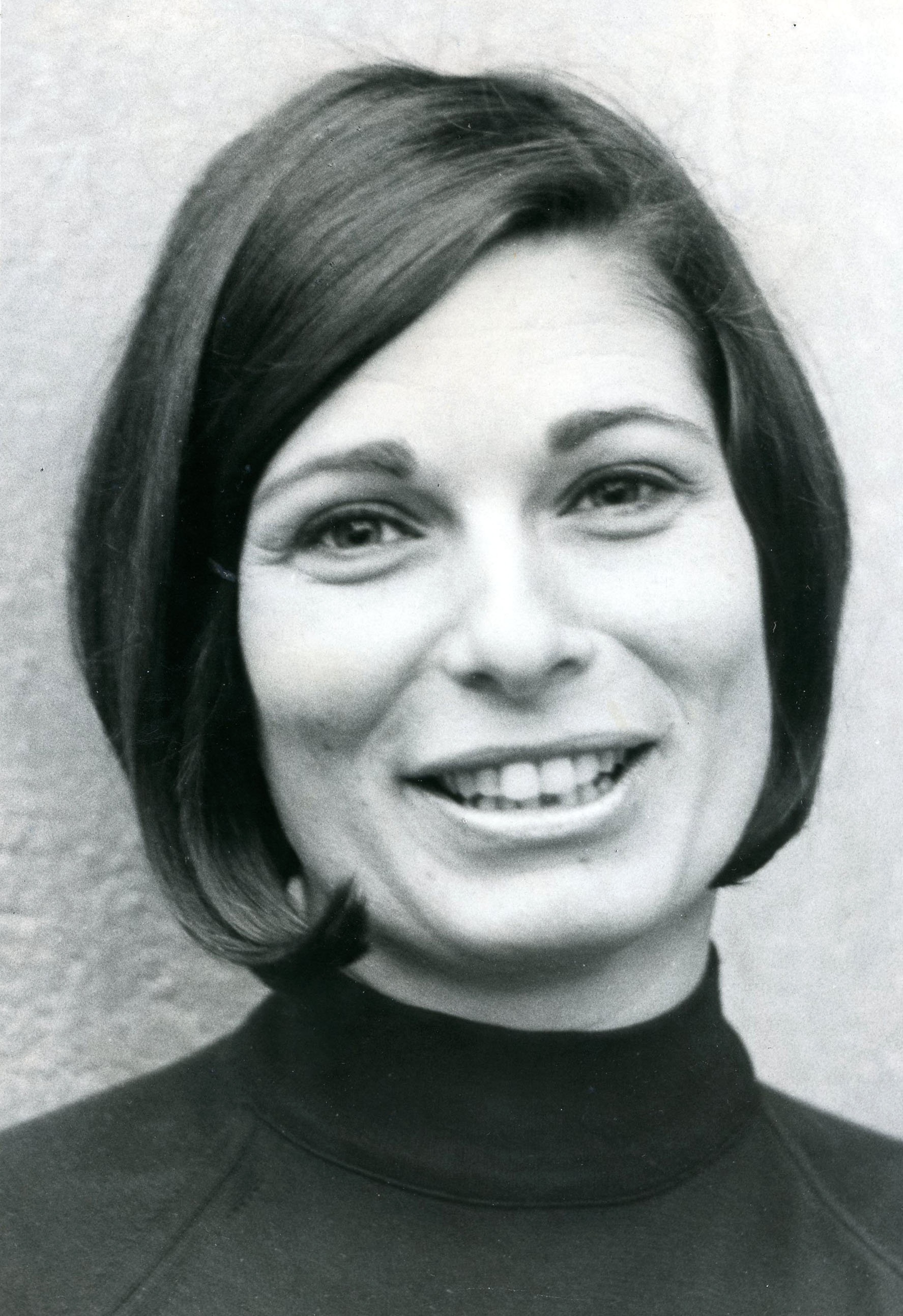Catlin Gabel School in Portland is the largest nondenominational private school in Oregon, with over 780 students from preschool through the twelfth grade. Considered a national leader in progressive education, the school’s purpose is “supporting inspired learning leading to responsible action,” with an emphasis on academics and experiential learning. It is known for educating the children of Portland’s socioeconomic elite and for having a diverse student body.
Catlin Gabel was the result of the 1957 merger of the Catlin-Hillside School and the Gabel Country Day School, with Henry Failing Cabell as the board chair. Catlin, in northwest Portland, was founded by Ruth Catlin in 1911 as Miss Catlin’s School; it absorbed the Cady School of Music and created the elementary-level Hillside School in 1928. Gabel, in Southwest Portland, was founded by Priscilla Gabel in 1931 as the successor to the Preparatory School—also known as the Jewell School (originally the Portland Academy)—founded in 1859.
In 1958, Catlin Gabel School moved to Honey Hollow Farm (the former estate of Thomas J. Autzen and, later, Jack Dant) on Southwest Barnes Road. The upper school moved first, and the other schools moved over the next ten years. Original buildings on the 67-acre campus include the Barn and the Dant House, which was designed by Ernest F. Tucker in 1942. Some of the modern structures were designed by local architects John Storrs, Thomas Hacker, and Brad Cloepfil. Other campuses included N.W. Culpepper Terrace (1914–1968; now the Hillside Center) and Raleigh Park (1936–1958; now Raleigh Park School). In 2019, the school acquired the nearby eight-acre campus of the Oregon College of Art and Craft, with plans to expand into its fourteen buildings.
Catlin Gabel School is coeducational, with a student–teacher ratio of 7:1 (including all teaching staff). Its four divisions are Beginning School (preschool and kindergarten), Lower School (grades 1–5), Middle School (grades 6–8), and Upper School (grades 9–12). Ninety-nine percent of Catlin Gabel graduates attend four-year colleges or universities, and the senior class often includes National Merit and Presidential scholars. More than half of the student population identified as people of color or multiracial in 2023.
Catlin Gabel was the first independent school in Oregon accredited by the Northwest Association of Secondary and Higher Schools. It withdrew from the association in 1960 over teacher certification requirements because of its commitment to a progressive educational philosophy. The school is now accredited by the Northwest Association of Independent Schools.
Catlin Gabel was transformed financially in the late 1980s by a $3.8 million bequest from Howard Vollum, the co-founder of Tektronix and a parent of alumni. Vollum’s gift bolstered an endowment that in 2015 exceeded $30 million. Other major donors included Penny and Phil Knight and the Malone Family Foundation. In 1989, Catlin Gabel School was the first high school to connect to the Internet through Bitnet, an academic network. In 2011, the school was a founding member of the Global Online Academy.
Catlin Gabel was widely known for its annual four-day rummage sale, which took place from 1945 to 2009 and was once the nation’s largest all-volunteer event of its type; during those sixty-five years it raised nearly $10 million (in 2009 dollars) for financial aid. In 2022, 26 percent of students received financial assistance. The Palma Scholars program, named for former head of school Lark Palma, also provides financial support for students.
A scandal rocked the school and its community beginning in 2018, when twenty-one former Catlin Gabel faculty and staff members were reported to have engaged in sexual misconduct, ranging from boundary-crossing behavior to criminal sexual abuse at the school in the 1970s, 1980s, 1990s, and 2000s. The school reached financial settlements with many of the victims.
A member of the Oregon State Athletics Association, Catlin Gabel competes in the 3A-1 Lewis & Clark League in soccer, cross-country, volleyball, swimming, basketball, baseball, tennis, skiing, golf, and track and field. In 1960, the first indoor tennis court west of the Rockies was built on the campus. A pioneer in high school soccer in Oregon, Catlin Gabel’s teams won successive state championships (boys in 1969–1974; girls in 1994–2004) and have remained perennial contenders. Catlin Gabel’s mascot is the Eagles, its colors are blue and white, and its logo since 1912 has been a pine tree. Its traditional sports and academic rival is Oregon Episcopal School.
Notable faculty members have included culinary pioneer James Beard, artist and educator Rachael Griffin, Portland mayor Vera Katz, and historian E. Kimbark MacColl, who was head of the school in 1957–1966. Prominent alumni include department store magnate Phil Hawley (1943), United Nations refugee high commissioner Sadako Ogata (1946), science educator J. Mary Taylor (1948), actress Gretchen Corbett (1963), artist Margot Voorhies Thompson (1966), businessman Jordan Schnitzer (1969), filmmaker Gus Van Sant (1971), news anchor Allen Schauffler (1973), planner David Bragdon (1977), journalist David Shipley (1981), and comedian Megan Amram (2006).
-
![]()
Catlin Gabel School entrance, early 2000s.
Courtesy Catlin Gabel School
-
![]()
Priscilla Eidson Gabel,, founder of the Gabel School, 1931.
Courtesy Catlin Gabel School
-
![]()
Ruth Catlin, founder of Miss Catlin’s School, 1911.
Courtesy Catlin Gabel School
-
![]()
Esther Dayman Strong, head of Catlin-Hillside and then Catlin Gabel (1944–1957).
Courtesy Catlin Gabel School
-
![]()
E. Kimbark MacColl, Portland historian and head of school (1958–1966).
Courtesy Catlin Gabel School
-
![]()
Henry Failing Cabell, first chair of the merged Catlin Gabel board, 1957.
Courtesy Catlin Gabel School
-
![]()
Dormitory on Catlin's Culpepper Terrace campus (J.C. Petterson, architect), 1927.
Courtesy Oregon Hist. Soc. Research Lib., 014361
-
![]()
Gabel’s football team, with coach Rube Ross, c. 1933.
Courtesy Catlin Gabel School
-
![]()
Catlin Gabel Barn, built c. 1942 for the Autzen family’s Honey Hollow Farm.
Courtesy Lester Baskin, '86
-
![]()
Dant House, main building of the Upper School, designed by Ernest F. Tucker, 1942.
Courtesy Lorel P. Dully
-
![]()
Gabel Country Day School, in Raleigh Park (1936–1958), c. 1950.
Courtesy Catlin Gabel School
-
![]()
James F. Miller Library, designed by Thomas Hacker, 2003 .
Courtesy Karen Katz
-
![]()
Catlin-Hillside School buildings, N.W. Culpepper Terrace ( 1914–1968), c. 1955.
Courtesy Ted Kaye, Mather Photos
-
![]()
Catlin Gabel School’s 67-acre campus, 2010.
Courtesy Catlin Gabel School
Related Entries
-
![Adams High School]()
Adams High School
John Adams High School opened its doors in 1969 for Portland students w…
-
![Brad Cloepfil (1956-)]()
Brad Cloepfil (1956-)
Brad Cloepfil, the founding principal of Allied Works Architecture in P…
-
![Gus Van Sant (1952-)]()
Gus Van Sant (1952-)
Gus Van Sant, Oregon’s most celebrated filmmaker, has lived and worked …
-
![Hill Military Academy]()
Hill Military Academy
Hill Military Academy was a prominent military school in Portland, Oreg…
-
![Howard Vollum (1913–1986)]()
Howard Vollum (1913–1986)
Howard Vollum was a founding partner of Tektronix, an innovative electr…
-
![James Beard (1903-1985)]()
James Beard (1903-1985)
Known as the Dean of American Cookery, James Beard hosted the first coo…
-
![Rachael Griffin (1906-1983)]()
Rachael Griffin (1906-1983)
Rachael Griffin, educator and curator, is recognized for encouraging lo…
-
![Tektronix Inc]()
Tektronix Inc
Tektronix, one of Oregon's most prominent and innovative high-technolog…
-
![Thomas J. Autzen (1888-1958)]()
Thomas J. Autzen (1888-1958)
You might say that Autzen Stadium at the University of Oregon owes its …
-
![Vera Katz (1933–2017)]()
Vera Katz (1933–2017)
Once dubbed a "militant housewife" by the Oregonian, Vera Katz arrived …
Map This on the Oregon History WayFinder
The Oregon History Wayfinder is an interactive map that identifies significant places, people, and events in Oregon history.
Further Reading
CGS School Profile, CGS website [www.catlin.edu]
A History of Catlin Gabel (n.d.)
The Caller, Winter 2008, "Catlin-Hillside and Gabel Country Day Merge in 1957", "Catlin Gabel Timeline", "Honey Hollow Farm"



